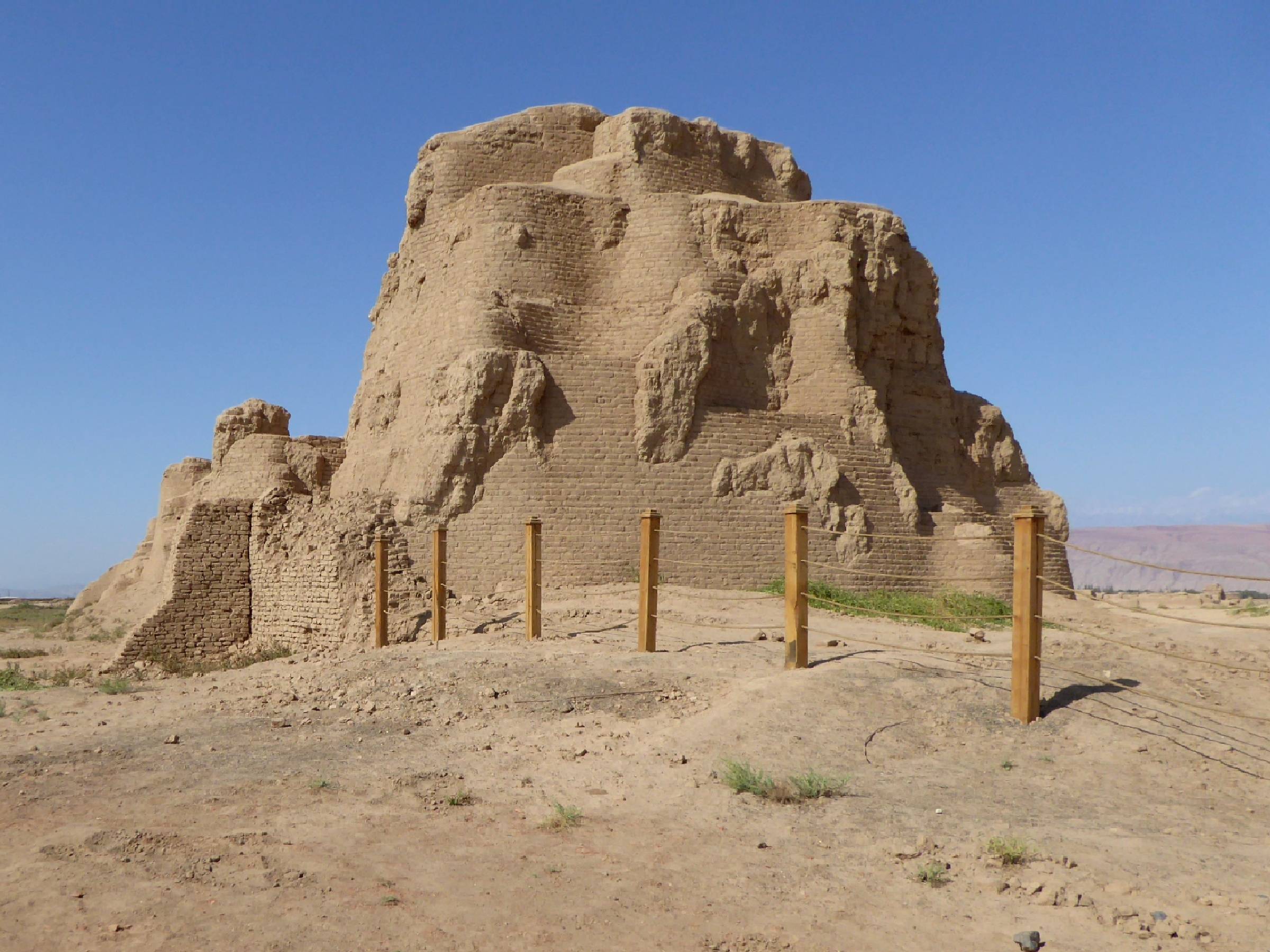Gaochang: An Historical Overview
Gaochang, also known as Karakhoja, was an ancient city located on the Silk Road in present-day Xinjiang, China. Established in the 1st century BC, it was a major hub of commerce, culture, and religion until its abandonment in the 14th century. The city witnessed the rise and fall of several dynasties and served as a strategic point for trade and military campaigns. Today, the ruins of Gaochang offer a glimpse into its past grandeur and architectural brilliance, and it is recognized as a UNESCO World Heritage Site.
Get your dose of History via Email
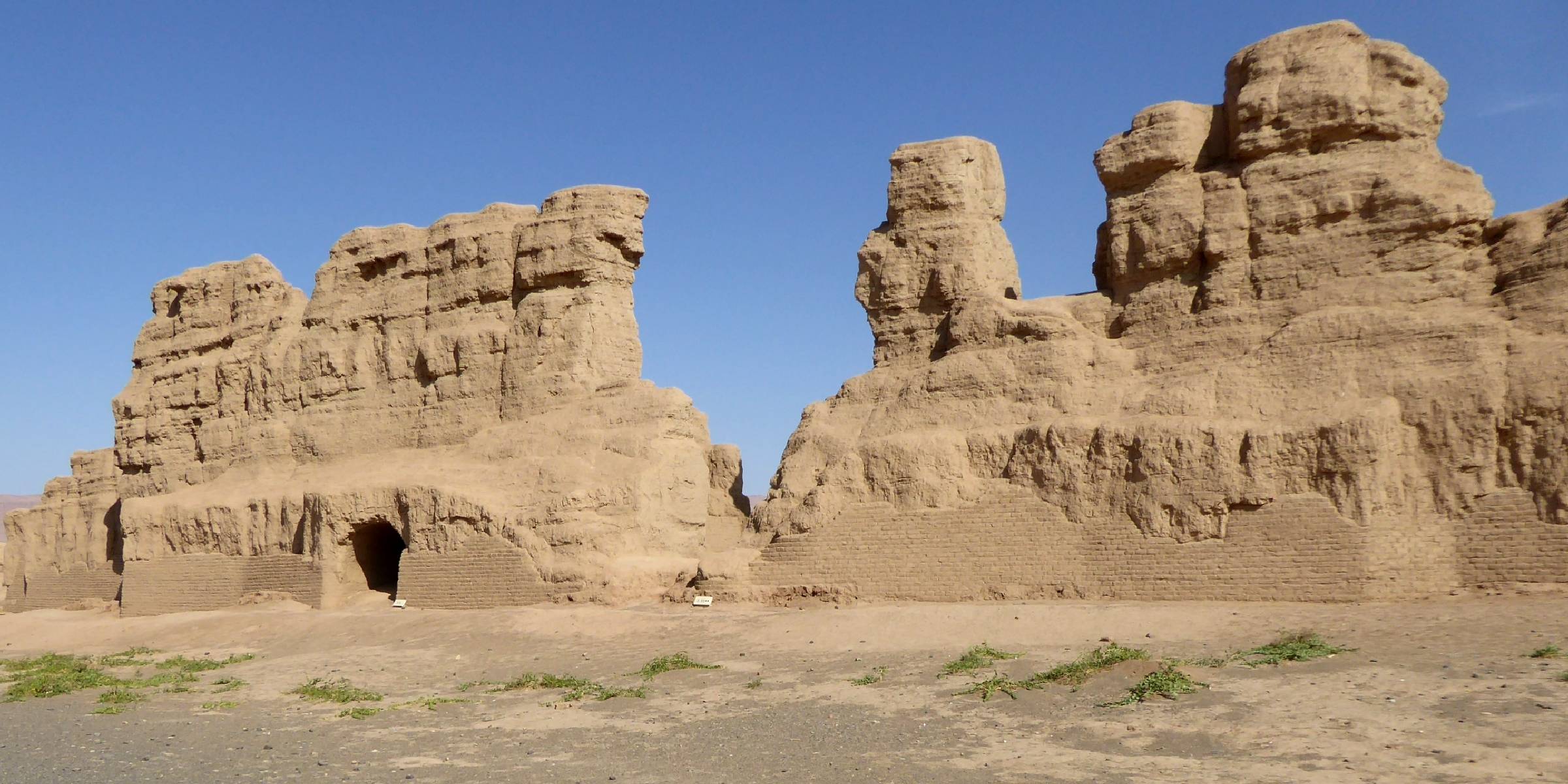
What is the historical significance of Gaochang?
The historical significance of Gaochang is multifaceted. As one of the earliest and largest cities in the region, it played a pivotal role in the economic and cultural development of the area. It was a major stop on the Silk Road, facilitating trade between the East and the West, and was a melting pot of different cultures and religions, including Buddhism, Manichaeism, and Nestorian Christianity.
Gaochang was also the capital of the Kingdom of Qocho, a Buddhist state that was a cultural and religious center. The city was home to numerous Buddhist temples and monasteries, and was a hub for the translation of Buddhist texts. The influence of Buddhism in Gaochang is evident in the numerous Buddhist murals and sculptures found in the ruins.
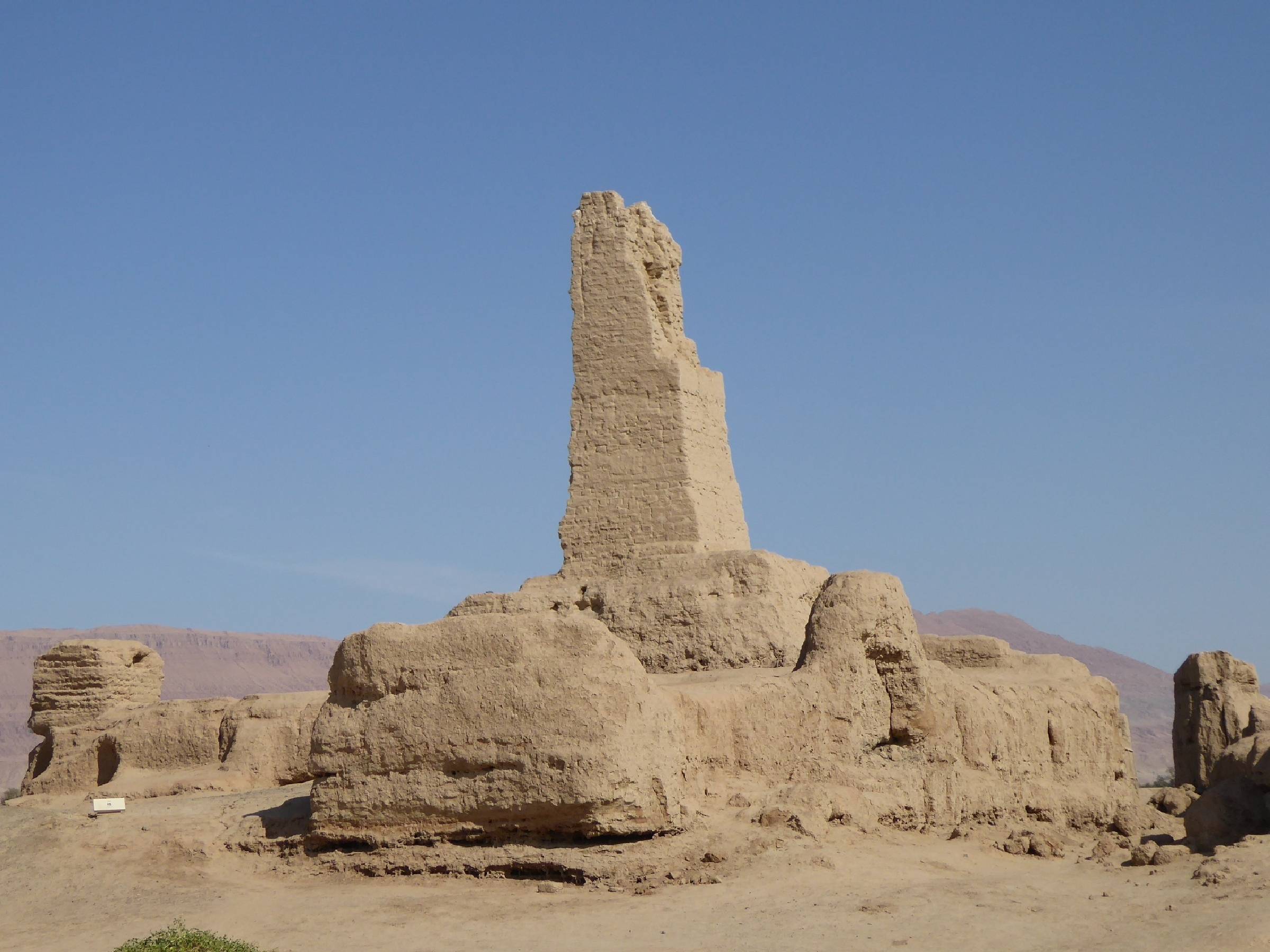
Furthermore, Gaochang was a strategic military outpost. It was used as a base for military campaigns by several dynasties, including the Tang Dynasty and the Uighur Khaganate. Its strategic location made it a key point in controlling the Silk Road and the surrounding region.
Finally, the ruins of Gaochang are of great archaeological significance. They provide valuable insights into the city’s urban planning, architecture, and lifestyle. The city was well-planned, with a royal palace, temples, residential areas, and a market. The ruins also contain a wealth of artifacts, including pottery, coins, and inscriptions, which shed light on the city’s history and culture.
Thus, Gaochang’s historical significance lies in its role as a commercial, cultural, religious, and military hub, and its archaeological value.
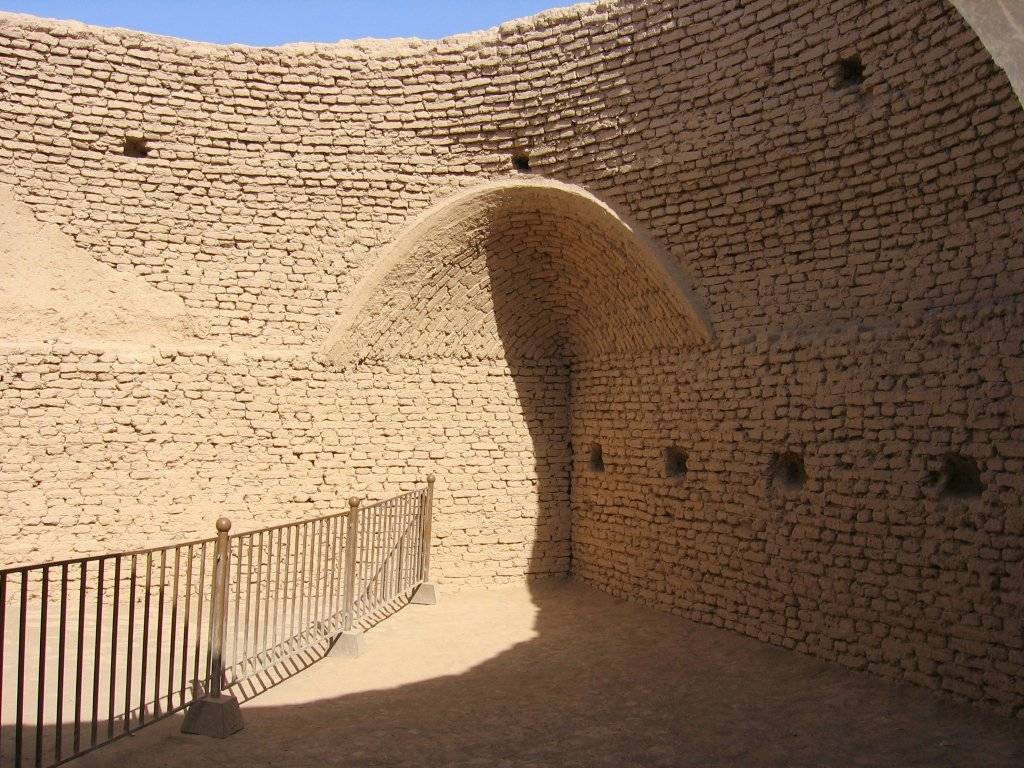
What led to the abandonment and ruin of Gaochang?
The abandonment and ruin of Gaochang were the result of a combination of factors. The city’s decline began in the 13th century, during the Mongol conquests. The Mongols, led by Genghis Khan, launched a series of invasions in the region, causing widespread destruction and depopulation. The city was severely damaged, and many of its inhabitants were killed or fled.
Following the Mongol invasions, Gaochang came under the rule of the Chagatai Khanate, a division of the Mongol Empire. However, the city never recovered from the devastation. Its economy declined, and it lost its status as a major trade hub. The city’s population dwindled, and it was gradually abandoned.
Another factor that contributed to Gaochang’s decline was the shift in trade routes. With the rise of sea trade in the 14th century, the importance of the Silk Road diminished. This led to a decrease in trade and commerce in Gaochang, further exacerbating its decline.
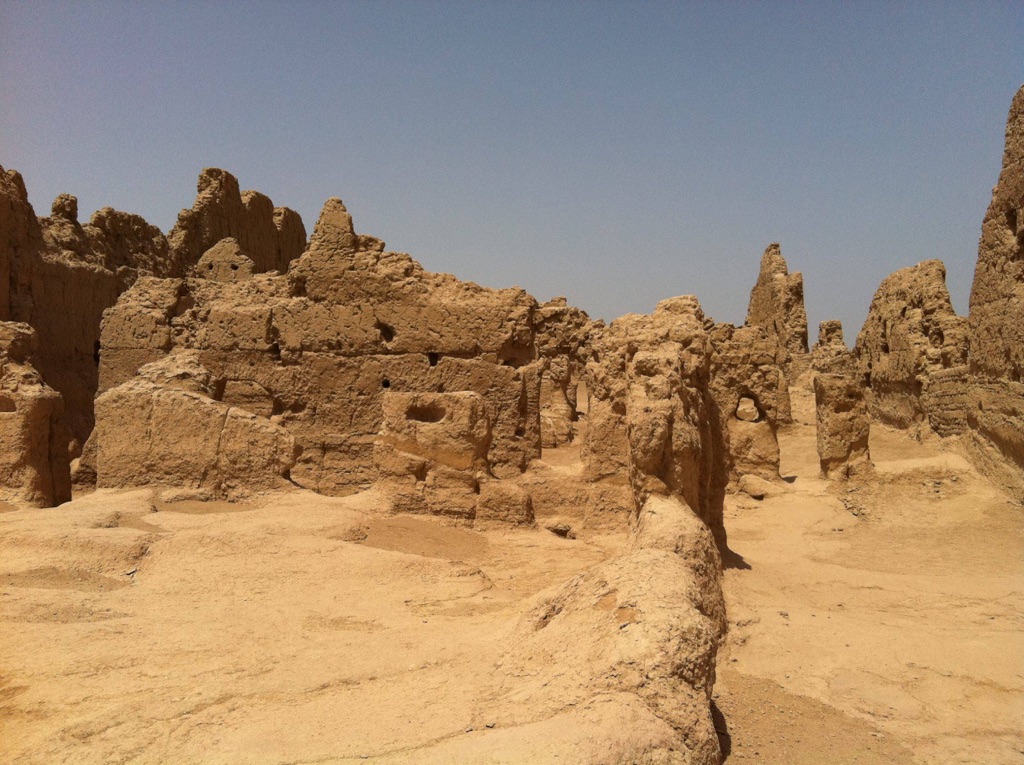
Natural disasters also played a role in Gaochang’s abandonment. The region is prone to earthquakes, and several major earthquakes are believed to have caused significant damage to the city’s infrastructure. Furthermore, the city’s location in a desert region made it vulnerable to sandstorms, which buried much of the city under sand.
Thus, a combination of military invasions, economic decline, shifts in trade routes, and natural disasters led to the abandonment and ruin of Gaochang.
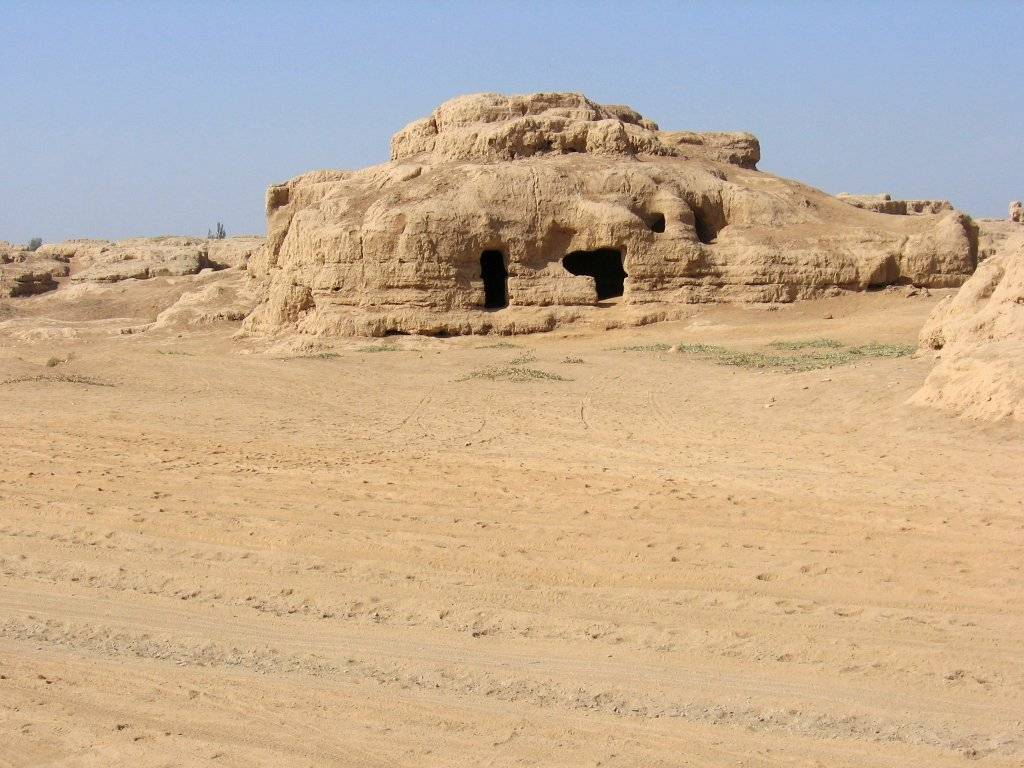
What architectural styles and features can be seen in the ruins of Gaochang?
The ruins of Gaochang showcase a variety of architectural styles and features, reflecting the city’s diverse cultural influences. The city was built in a rectangular layout, with a central palace, temples, residential areas, and a market. The city walls, which are still largely intact, were made of rammed earth and were reinforced with bricks.
The most prominent architectural feature in Gaochang is the Buddhist temples. These temples are characterized by their large size, intricate carvings, and murals. The murals depict scenes from Buddhist scriptures, as well as daily life in Gaochang. The temples also contain numerous Buddhist statues, made of clay or stone.
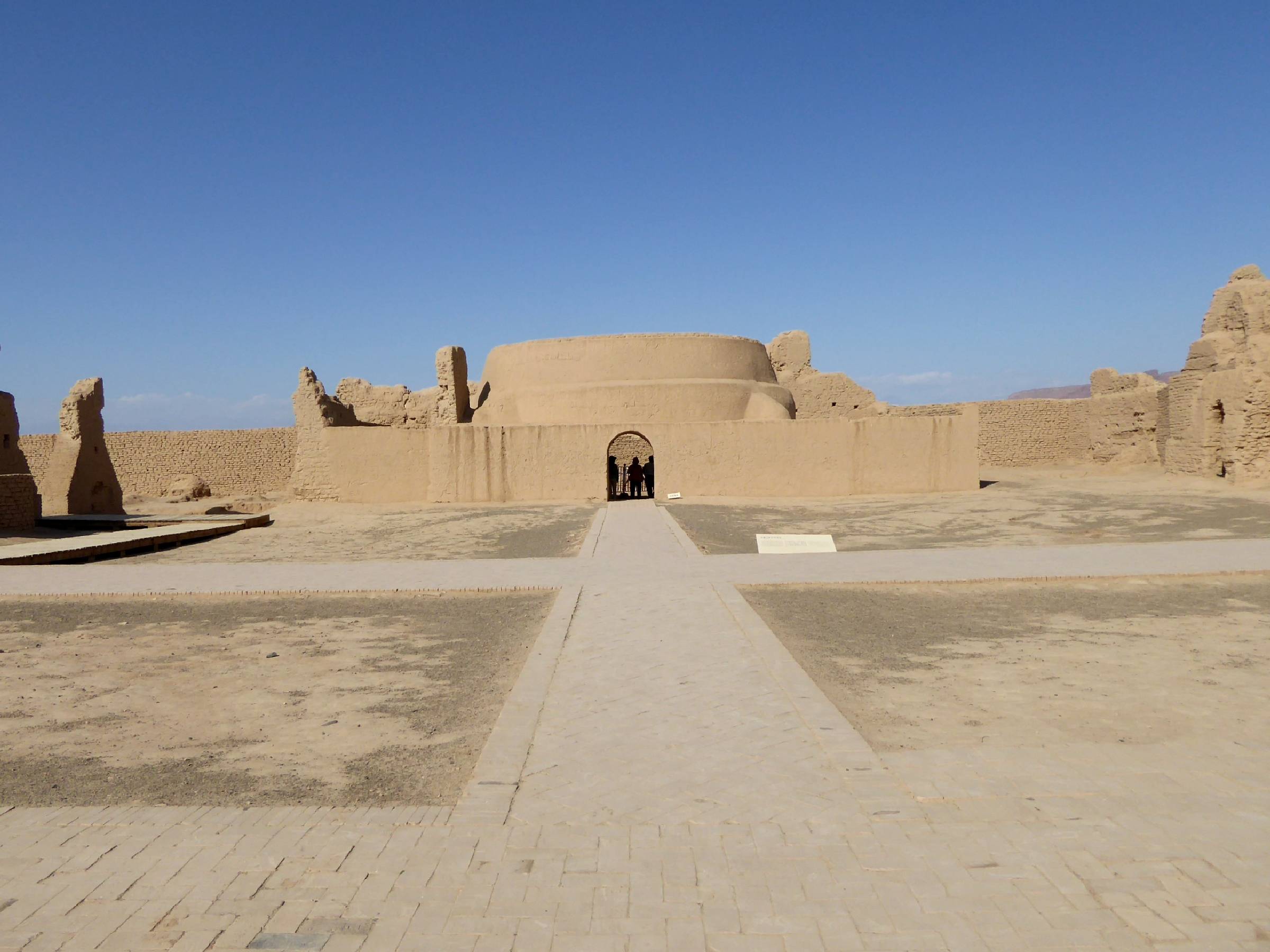
Another notable feature is the city’s residential areas. The houses were built in a courtyard style, with a central courtyard surrounded by rooms. The houses were made of rammed earth and bricks, and some of them had two or more stories.
The city also had a sophisticated water system, with canals and wells for irrigation and drinking water. This system reflects the city’s advanced urban planning and engineering skills.
Finally, the ruins of Gaochang contain numerous artifacts, including pottery, coins, and inscriptions. These artifacts provide valuable insights into the city’s culture and lifestyle.
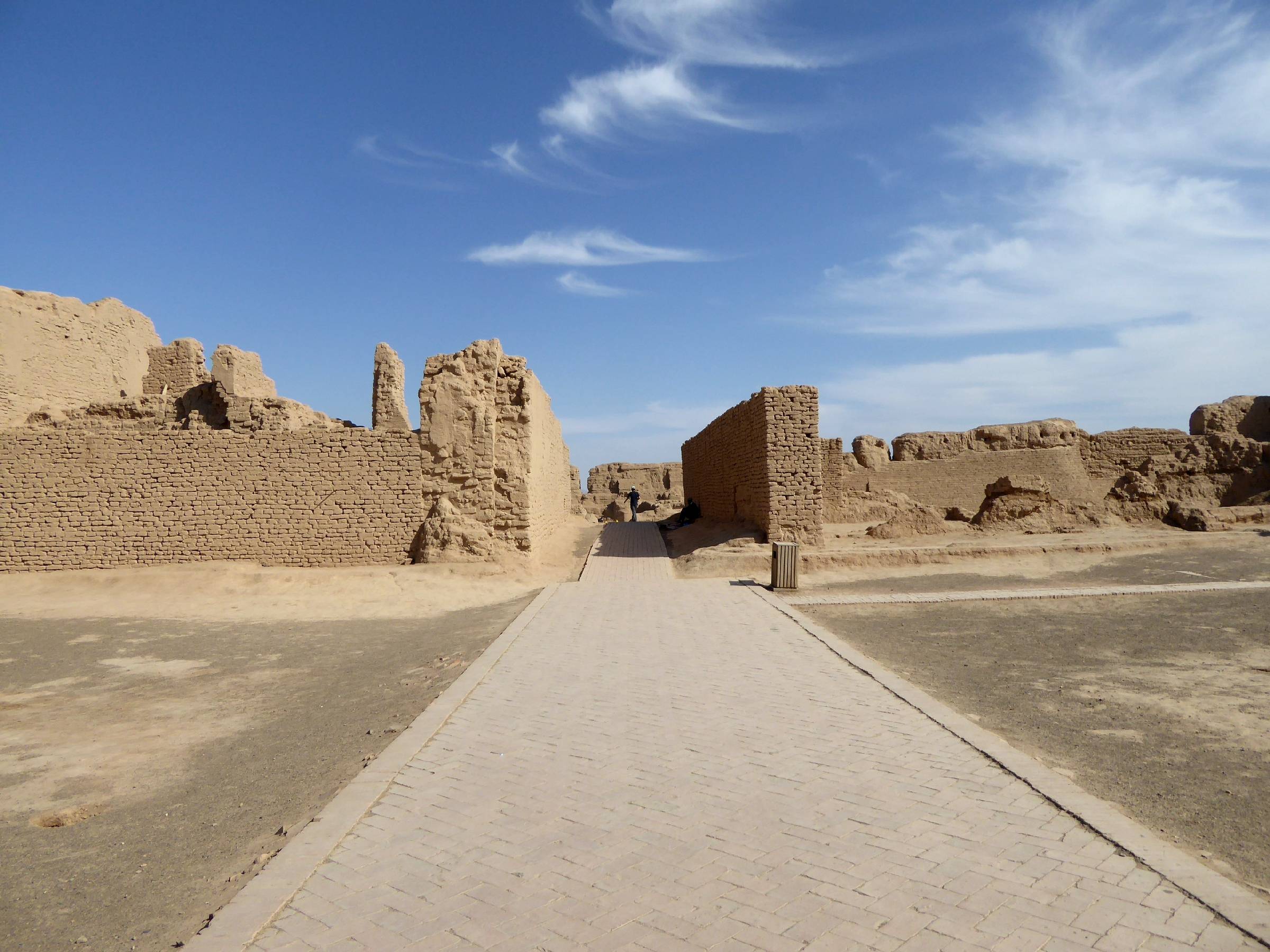
What factors led to the decline and eventual abandonment of Gaochang?
The decline and eventual abandonment of Gaochang were due to a combination of internal and external factors. Internally, the city faced economic decline and population loss. The city’s economy, which was heavily dependent on trade, suffered due to the shift in trade routes and the decline of the Silk Road. The city’s population dwindled due to the Mongol invasions and the subsequent depopulation.
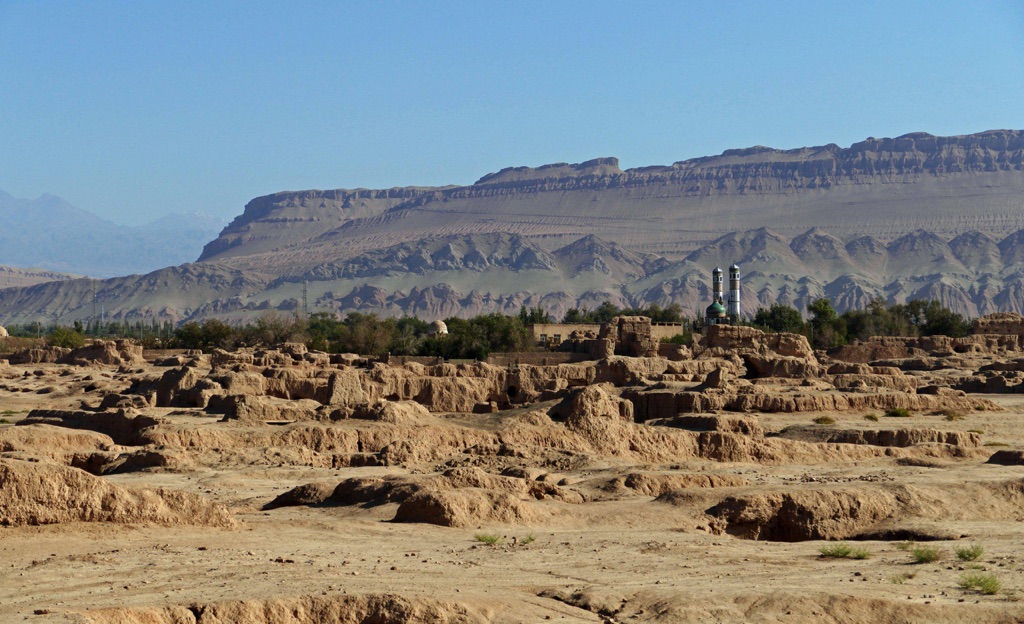
Externally, Gaochang faced threats from military invasions and natural disasters. The Mongol invasions in the 13th century caused widespread destruction and depopulation. The city was also prone to earthquakes and sandstorms, which caused significant damage to its infrastructure.
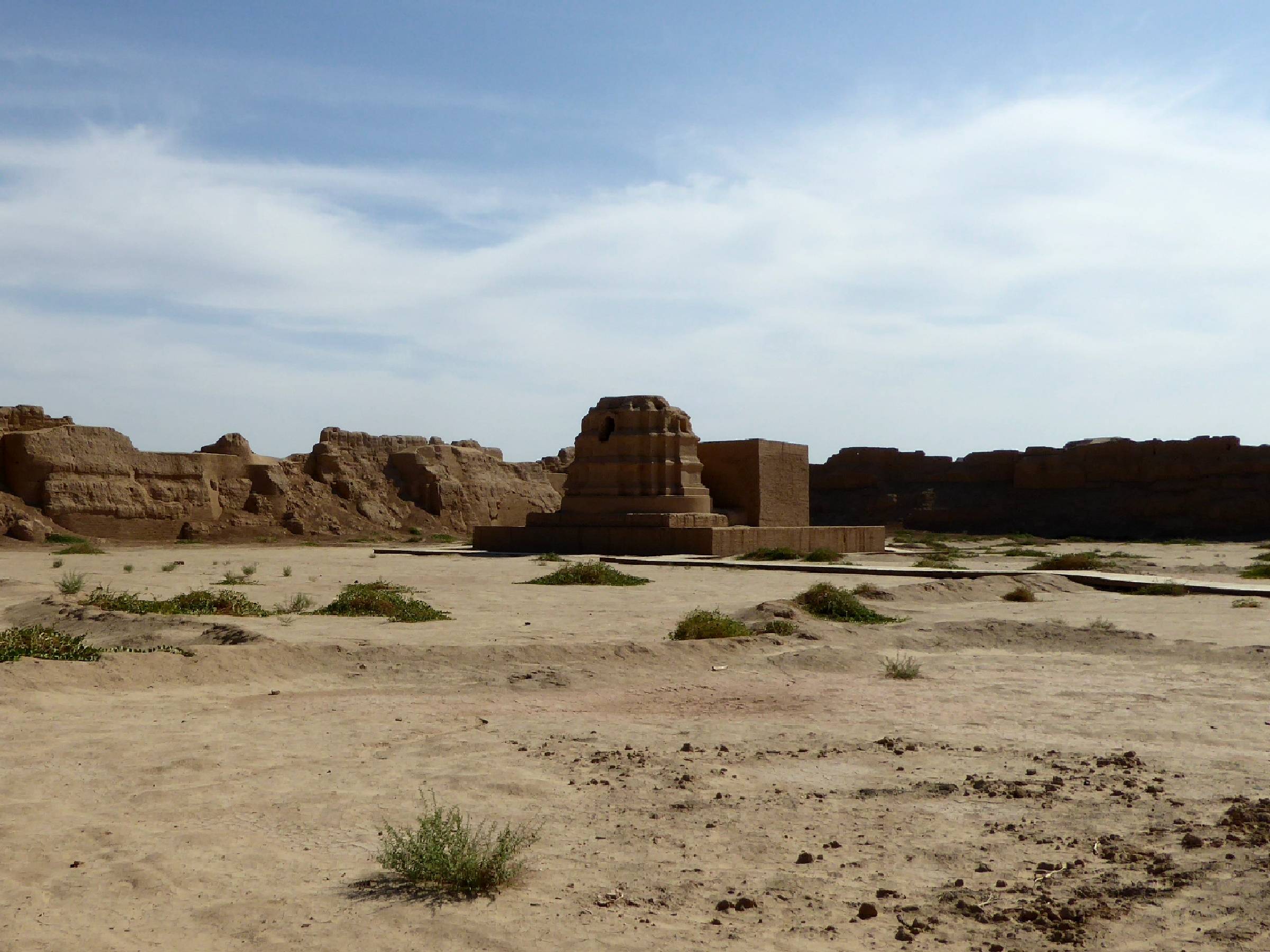
Furthermore, the city’s location in a desert region made it vulnerable to environmental challenges. The lack of adequate water resources and the harsh desert climate made it difficult for the city to sustain its population and economy.
Finally, the city’s political instability also contributed to its decline. Gaochang was ruled by several different dynasties, each with its own policies and priorities. This lack of consistent leadership and governance led to instability and decline.
Thus, a combination of economic decline, population loss, military invasions, natural disasters, environmental challenges, and political instability led to the decline and eventual abandonment of Gaochang.
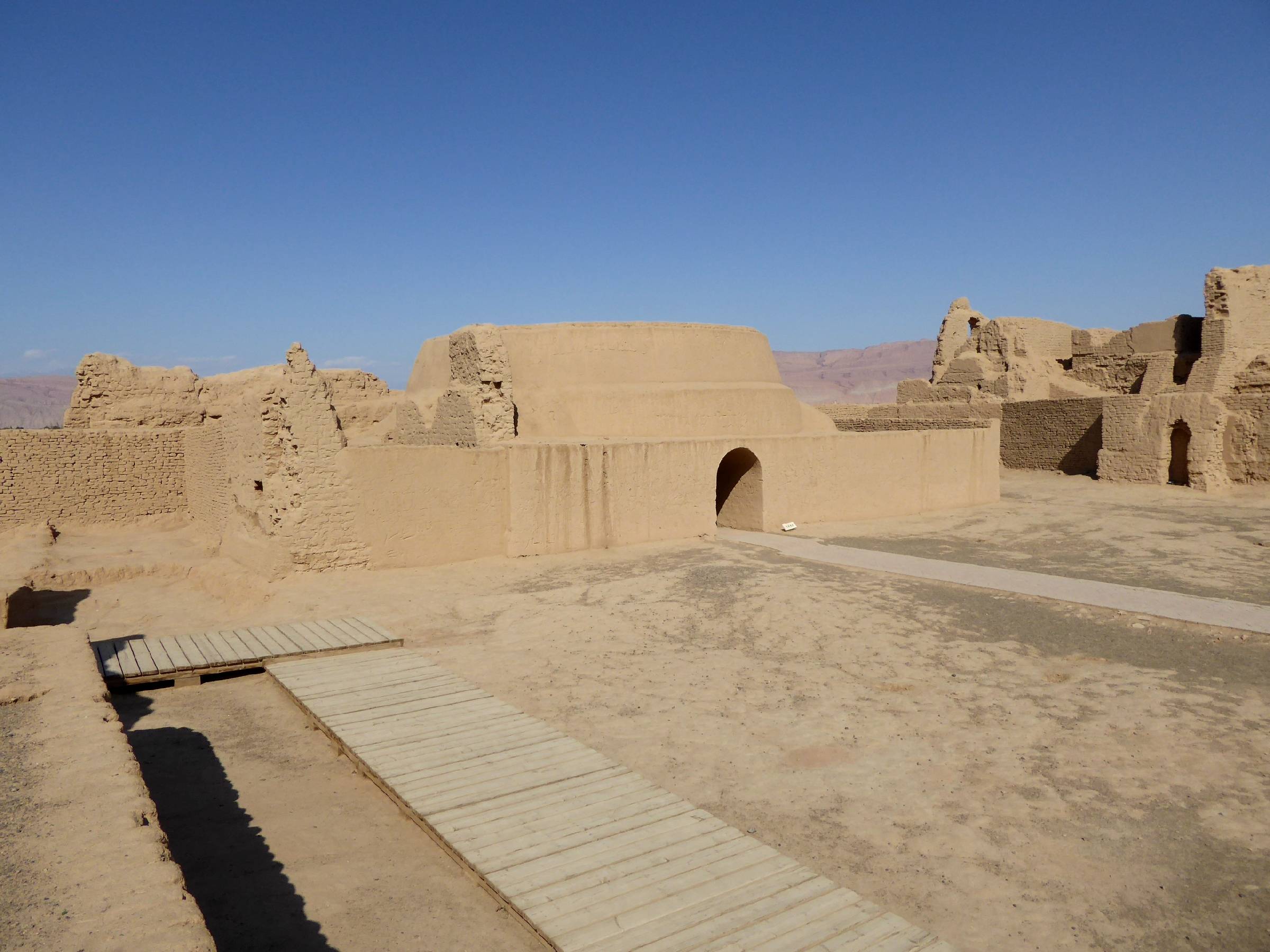
What was the strategic importance of Gaochang in the Silk Road trade network?
Gaochang’s strategic importance in the Silk Road trade network was immense. Located at the crossroads of East and West, it was a major hub for trade and commerce. Goods from China, such as silk, porcelain, and tea, were traded here for goods from the West, such as gold, silver, and precious stones. This trade brought wealth and prosperity to the city, and made it a key player in the Silk Road trade network.
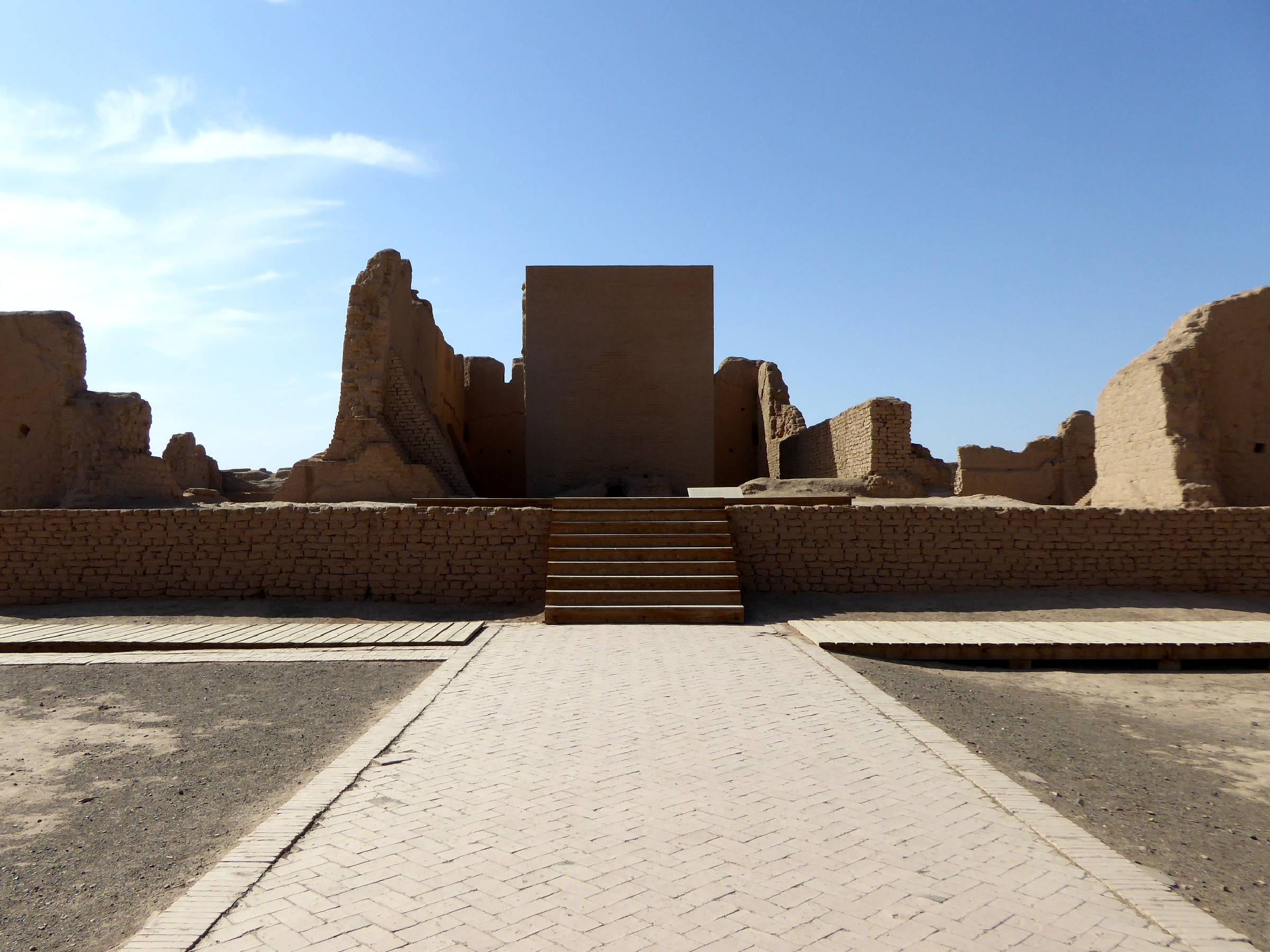
Furthermore, Gaochang’s location made it a gateway to the West. It was a crucial point for caravans traveling between China and the West, and was often the first stop for traders entering China from the West. This made the city a key point in controlling the Silk Road and the trade that flowed through it.
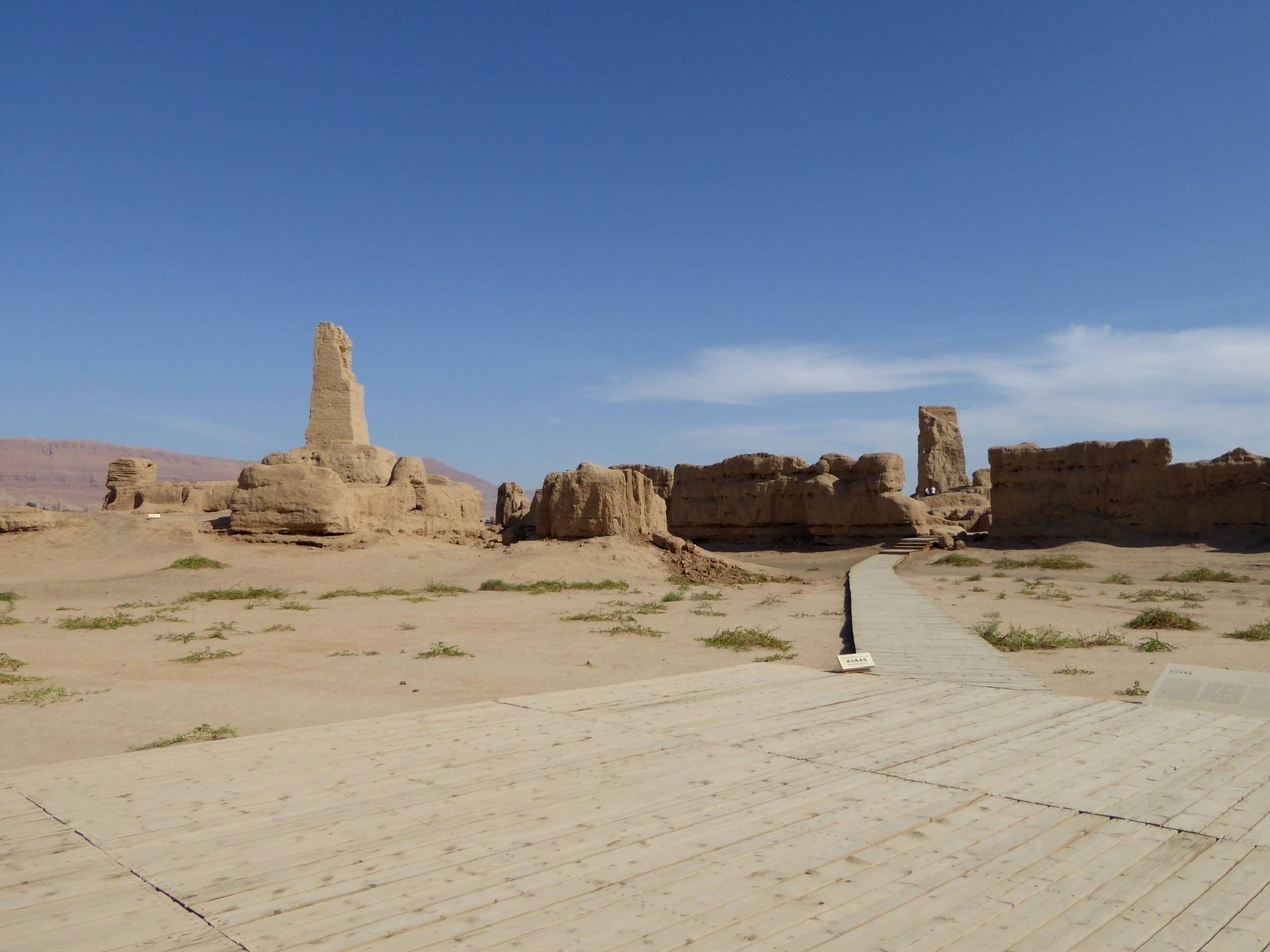
Gaochang was also a cultural and religious hub. It was a melting pot of different cultures and religions, and was a center for the translation of Buddhist texts. This cultural exchange enriched the city and made it a key player in the Silk Road trade network.
Finally, Gaochang’s strategic importance was recognized by several dynasties, who used it as a base for military campaigns. Its strategic location made it a key point in controlling the Silk Road and the surrounding region.
Thus, Gaochang’s strategic importance in the Silk Road trade network lay in its role as a trade hub, a gateway to the West, a cultural and religious center, and a military outpost.
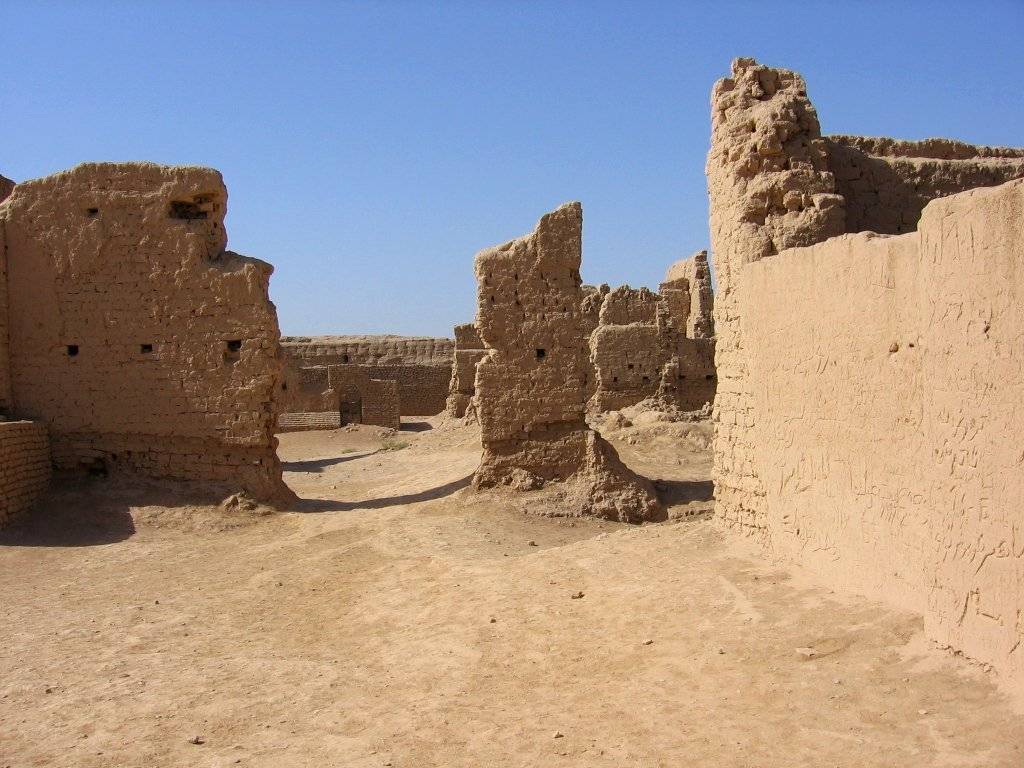
Conclusion and Sources
In conclusion, Gaochang was a city of great historical, cultural, and strategic importance. Its role as a hub on the Silk Road, its diverse cultural influences, and its architectural brilliance make it a fascinating subject of study. Despite its eventual decline and abandonment, the city’s legacy lives on in its ruins, which offer a glimpse into its past grandeur and serve as a testament to its historical significance.

For further reading and to validate the information presented in this article, the following sources are recommended:

